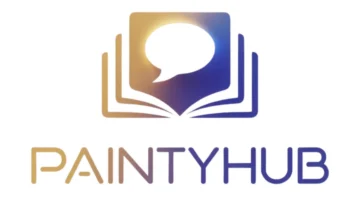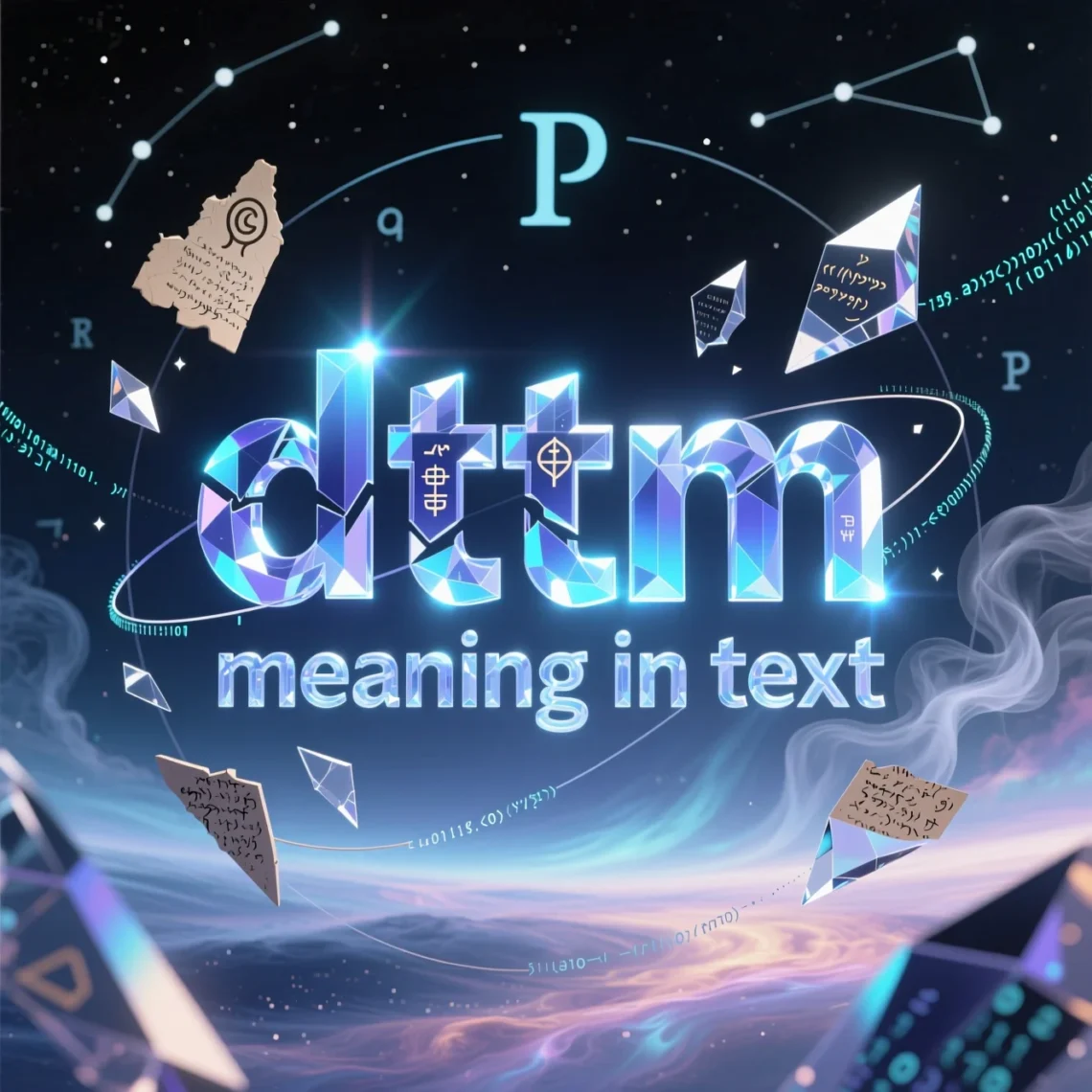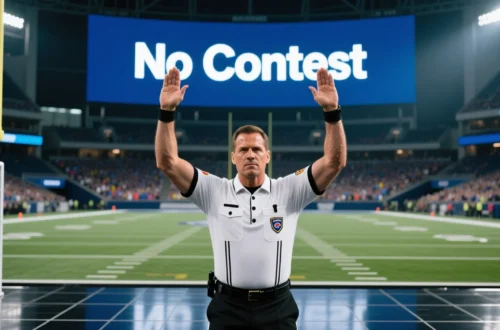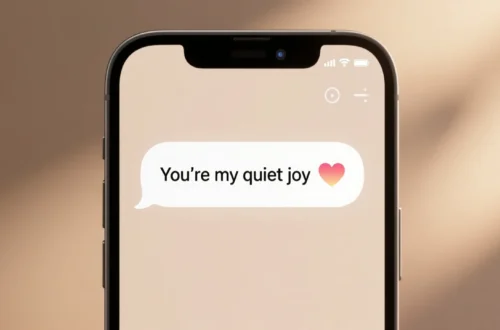Ever come across DTTM in a text and scratched your head? 🤔 You’re not alone! This acronym is popping up more in texts, social media, and even casual chats. Whether it’s a friend dodging a call or someone setting up a quick chat, DTTM is a shortcut that saves time and adds clarity. Understanding its meaning helps you keep up with conversations, avoid mix-ups, and reply with confidence.
From group chats to online platforms, DTTM is a small but mighty part of modern communication. In this guide, we’ll unpack what DTTM means, its origins, and how to use it like a pro. Let’s dive in and crack the code! 🚀
Definition & Meaning
DTTM stands for Don’t Text, Talk to Me in texting. It’s a polite way to ask someone to call or meet in person instead of texting.
Key Points:
- DTTM signals a preference for voice or face-to-face communication 📞.
- It’s often used when texting feels too slow or impersonal for the topic.
- Common in personal chats but rare in professional or gaming contexts.
Examples:
- Friend 1: “Hey, can we sort this out? DTTM? 📞”
- Friend 2: “Sure, I’ll call you now! 😊”
- Friend 1: “Got a lot to say about the trip. DTTM? 🗣️”
- Friend 2: “Let’s meet up, texting’s too much! ☕”
Context helps clarify when DTTM is used to shift from texting to talking.
Background & History
DTTM emerged with the rise of texting culture in the early 2000s. As smartphones became common, people started using acronyms to streamline communication. DTTM likely grew from the need to express that some conversations are better suited for calls or in-person chats, especially for complex or emotional topics.
- Origin: The exact start is unclear, but it gained traction around the 2010s with messaging apps like WhatsApp and iMessage.
- Evolution: DTTM became popular as people sought balance between texting’s convenience and the depth of voice or face-to-face talks.
Key Points:
- DTTM reflects a push for more personal communication in a text-heavy world 📱.
- It’s common among younger users but less known in formal or older demographics.
- Today, DTTM is used globally, especially in casual, personal settings 🌍.
Usage in Various Contexts
DTTM is mostly used in personal communication:
- Texting 📲:
- Suggests switching to a call or meetup for deeper talks.
- Example:
- Friend: “This is too much to type. DTTM? 📞”
- You: “Yeah, let’s talk now! 😄”
- Social Media 🐦:
- Rare but used in DMs to move chats offline.
- Example:
- DM: “I need to vent about work. DTTM? 🗣️”
- Reply: “Call me, I’m free! 😊”
- Gaming 🎮:
- Very rare, as gaming favors text or voice chats over in-person talks.
- Example:
- Gamer 1: “Strategy’s too complex to type. DTTM on Discord? 🎙️”
- Gamer 2: “Let’s hop on a call! ⚡”
- Casual Conversations 🗣️:
- Used to suggest meeting up or calling for serious topics.
- Example:
- Friend: “Big news to share. DTTM? ☕”
- You: “Let’s grab coffee tomorrow! 😎”
Key Point: DTTM is a call to connect more personally, so check the context! 🔍
Common Misconceptions & Clarifications
DTTM is straightforward but can be misunderstood:
- Misconception: DTTM means “don’t text me at all.”
- Clarification: It means switch to calling or meeting, not to stop communicating.
- Misconception: DTTM is a rude demand.
- Clarification: It’s usually polite, suggesting a better way to talk.
- Misconception: DTTM is common in all settings.
- Clarification: It’s mostly personal and informal, not for work or formal chats.
Key Point: Understand the sender’s intent to respond appropriately. For example, “DTTM” isn’t a brush-off but an invite to talk more directly. 😊
Similar Terms & Alternatives
Here are terms similar to DTTM:
- Call Me
- Talk IRL (In Real Life)
- Voice Chat
- Meet Up
Comparison Table:
| Term | Meaning | Best Used In |
|---|---|---|
| DTTM | Don’t Text, Talk to Me | Personal texts, casual DMs |
| Call Me | Request for a phone call | Personal or work settings |
| Talk IRL | Suggest meeting in person | Casual, close relationships |
| Voice Chat | Request for audio call | Gaming, online communities |
Key Point: Use alternatives like “Call Me” or “Talk IRL” for clarity, especially in formal or unclear contexts. ✅
How to Respond to This Term
Your response to DTTM depends on the tone:
- Casual 😊:
- Example:
- Friend: “Too much to text. DTTM? 📞”
- You: “Sure, calling you now! 😄”
- Example:
- Humorous 😂:
- Example:
- Friend: “Big drama to share. DTTM? 🗣️”
- You: “Oh, this sounds juicy! I’ll call! 😜”
- Example:
- Professional 💼:
- Example:
- Colleague: “Let’s discuss this. DTTM? 📱”
- You: “I’ll call you shortly to go over it.”
- Example:
- Neutral 🔒:
- Example:
- Friend: “Got plans to share. DTTM? ☕”
- You: “Let’s meet up soon! 😊”
- Example:
Key Point: Match the sender’s vibe and confirm if it’s a call or meetup. 🧠
Regional or Cultural Differences
DTTM is used globally but varies slightly:
- Western Countries 🌎: Common in casual texting among friends, especially younger users.
- Asia 🇰🇷: Less common but understood in tech-savvy regions; voice or in-person chats are already popular.
- Other Regions 🌍: DTTM is niche but gaining traction in English-speaking digital communities.
Key Point: DTTM is most common in casual, English-based texting; other cultures may prefer direct calls or meetings without the acronym. 🌐
Comparison with Similar Terms
Here’s how DTTM compares to similar terms:
| Term | Meaning | Key Difference |
|---|---|---|
| DTTM | Don’t Text, Talk to Me | Specific to switching from text to talk |
| Call Me | Request for a phone call | Broader, used in more contexts |
| Talk IRL | Meet in person | Focuses on face-to-face, not calls |
| Voice Chat | Audio call, often online | Common in gaming or apps like Discord |
Key Point: DTTM is unique for urging a shift from texting to personal communication. ✨
Usage in Online Communities & Dating Apps
DTTM is less common online but appears in specific contexts:
- Twitter/X 🐦: Used in DMs to suggest a call or meetup.
- Example:
- DM: “This is too much for DMs. DTTM? 📞”
- Reply: “Let’s talk, I’ll call you! 😊”
- Example:
- Dating Apps 💘: Signals a desire to move from texting to a call or date.
- Example:
- Bio: “Love good chats. DTTM? ☕”
- Message: “DTTM? I’d love to talk more! 📱”
- Example:
- Gaming Communities 🎮: Rare, but used to suggest voice chats.
- Example:
- Discord: “Typing’s slow. DTTM on voice? 🎙️”
- Reply: “Joining the call now! ⚡”
- Example:
Tips:
- On dating apps, respond to DTTM by suggesting a call or meetup to build connection.
- In gaming, clarify if it’s a voice chat or in-person talk. 🚀
Hidden or Offensive Meanings
DTTM is safe and neutral:
- No Offensive Meanings ✅: It’s a polite request to talk instead of text.
- Potential Issue: Some might misread it as dismissive if they don’t know the meaning.
- Context Matters: In formal settings, DTTM might seem too casual or unclear.
Key Point: Explain DTTM if the recipient seems confused to keep things friendly. 😊
Suitability for Professional Communication
DTTM is not suited for formal settings:
- Too Informal 📝: It’s casual and may confuse colleagues or clients.
- Better Options: Use “please call me” or “let’s discuss in person” for clarity.
Alternatives:
- Instead of “DTTM,” say “Can we discuss this over a call?”
- Instead of “DTTM for details,” say “Let’s meet to go over this.”
Key Point: Stick to clear, professional language in work settings. 💼
FAQs
- What does DTTM mean in texting? 🤔
- It means “Don’t Text, Talk to Me,” suggesting a call or in-person chat.
- How do I know if DTTM means a call or meetup? 🧐
- Check the context—most mean a call, but some imply meeting in person.
- Is DTTM okay for work messages? 📧
- No, it’s too casual. Use “please call” or “let’s meet” instead.
- Can DTTM be rude? 😳
- Not usually, but it might seem abrupt if the recipient doesn’t understand it.
- How should I reply to DTTM? 💬
- Try casual (“Let’s talk!”), humorous (“Spill the tea in person!”), or professional (“I’ll call you”).
- Is DTTM used worldwide? 🌍
- It’s mainly in English-speaking casual chats; other cultures may prefer direct calls.
- Does DTTM appear on dating apps? 💕
- Yes, to suggest moving to a call or date. Reply with a plan to connect.
Conclusion
DTTM is a simple yet powerful acronym meaning Don’t Text, Talk to Me. It’s a friendly nudge to switch from texting to a call or in-person chat for deeper conversations. This guide covered its meaning, history, and use in texts, social media, and beyond. We also shared tips to respond smoothly and avoid confusion. Whether it’s a friend wanting to catch up or a dating app match suggesting a call, DTTM keeps communication personal. Next time you see DTTM, you’ll know it’s time to pick up the phone or meet up! 🌟📞






